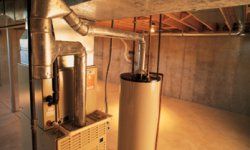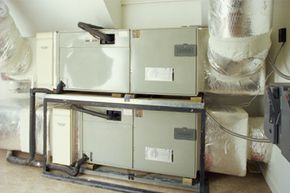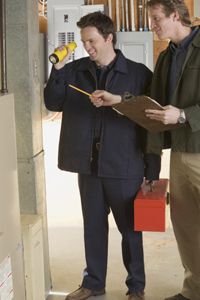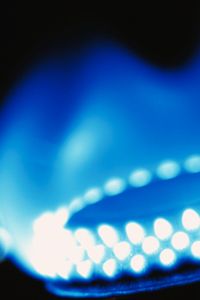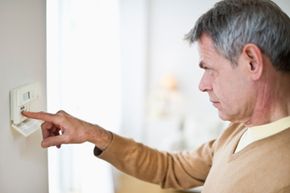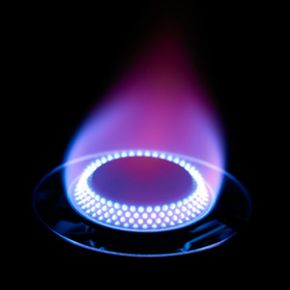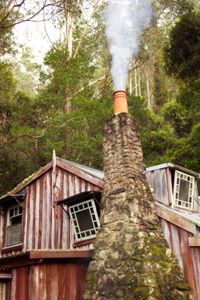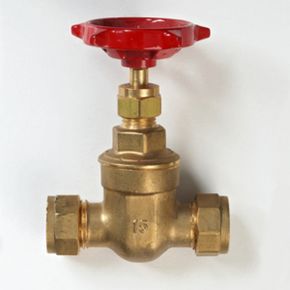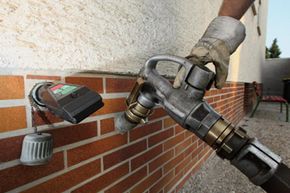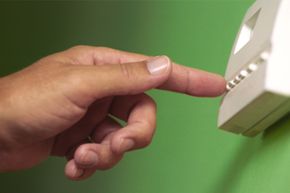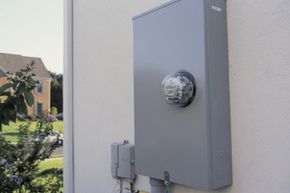Some oil furnaces have two master switches. One is located near the burner unit, and the other is near the furnace housing or even at a distance from the furnace. Make sure these master switches are both turned to the ON position.
The stack control of the oil furnace, located in the stack, is a safety device that monitors the operation of the oil burner. If the burner fails to ignite, the stack control shuts off the motor. Frequently, however, a furnace shutdown is caused by a malfunctioning stack control rather than by the burner.
If the burner fails to ignite, first check the fuel tank and refill it if necessary. If the tank doesn't need to be refilled, press the reset button on the stack control. If the burner doesn't ignite after you've pressed the button once, clean the control, as detailed below. Then press the reset button again. If the burner still doesn't operate, call a professional service person.
The stack control gradually becomes coated with soot during the heating season. To keep it working properly, clean the control every month or as soon as it becomes soot-covered. Here's how to clean the stack control:
Step 1: Remove the bolts that hold the control in the stack. Pull out the sensor and its housing.
Step 2: With a brush dipped in soapy water, remove all of the soot from the control. Wipe the control dry with a soft cloth.
Step 3: Before replacing the control, clean the stack. Spread newspaper to protect your floor, and then disassemble the stack. As you work, remove the soot and debris from each section by tapping them firmly on the newspaper-covered floor.
Step 4: After cleaning each section, reassemble them in reverse order. Make sure the stack sections are properly aligned and firmly connected.
Step 5: Finally, reposition the stack control in the stack, and reseal the connection to the chimney with refractory cement.
Some oil furnaces have an electric-eye safety switch instead of a stack control. This switch serves the same function as the stack control. If the burner has an electric-eye safety, remove the access cover over the photocell; it is held by hooks or retaining screws. Wipe the cover clean to remove accumulated soot. Reassemble the switch, replace the cover and turn the power back on. If the burner still doesn't ignite, or if it is especially dirty, call a professional service person.
